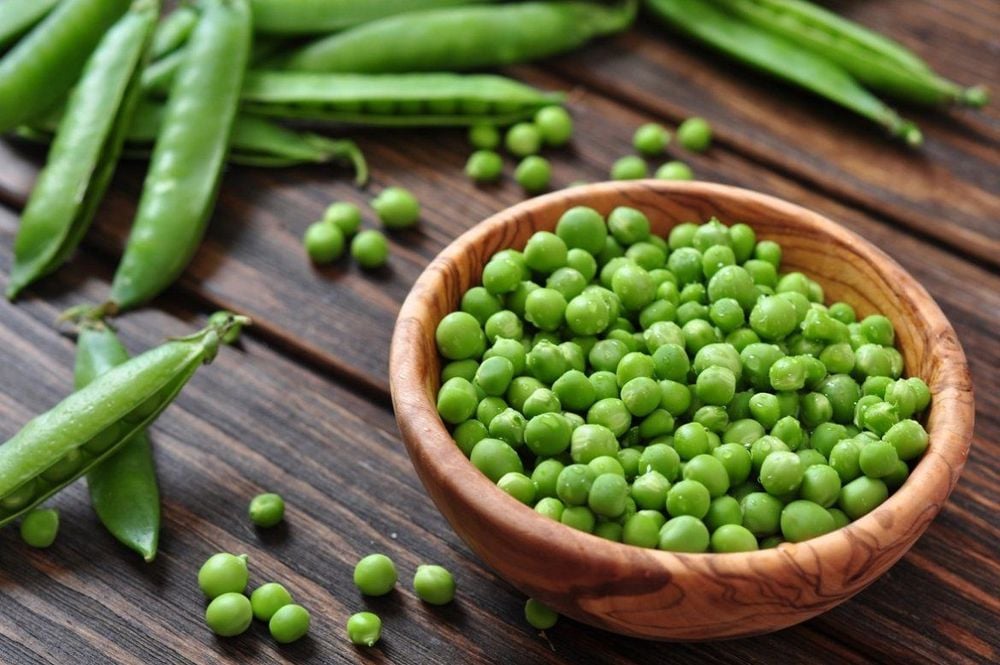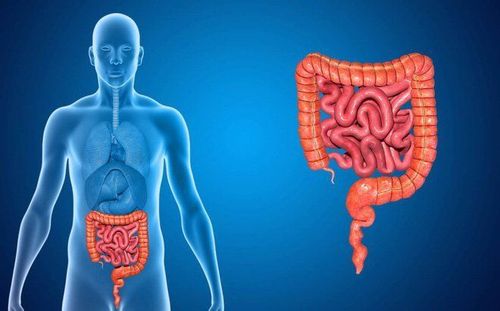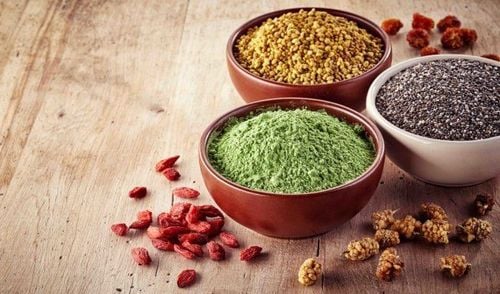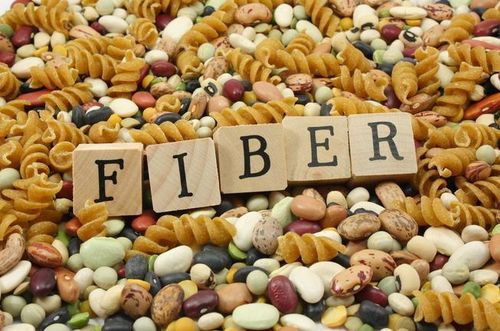This is an automatically translated article.
The article was professionally consulted with Specialist Doctor I Dong Xuan Ha - Gastroenterologist - Department of Medical Examination and Internal Medicine - Vinmec Ha Long International General Hospital. and MSc.BSCKII Phan Thi Minh Huong - Gastroenterologist, Vinmec Danang International General Hospital.Everyone knows that fiber is very important for human health. According to the Institute of Medicine, adults need to eat an average of 15 grams of fiber per day. Women need 25 grams of fiber per day and men need 38 grams of fiber per day.
1. What kind of fiber foods should be eaten?
Eating more plant foods—vegetables, beans, fruits, whole grains, and nuts—is the best way and one of the recommendations for getting more fiber, from the 2015 Dietary Guidelines of the United States. The U.S. government. These foods are all naturally rich in nutrients, including fiber, and provide all the health benefits that come with a high-fiber diet.Top fiber supplements derived from: beans (all types), peas, chickpeas, black-eyed peas, artichokes, whole wheat flour, barley, bulgur, bran, raspberries , raspberries, and prunes.
Good fiber comes from: lettuce, dark green vegetables, broccoli, okra, cauliflower, sweet potatoes, carrots, pumpkin, potatoes with skin, corn, snap beans, asparagus, corn cabbage, wholegrain pasta, oats, popcorn, chestnuts, pears, strawberries, oranges, bananas, blueberries, mangoes and apples.
We should limit our use of refined grains - such as white flour, white bread, white pasta and white rice - and replacing them with whole grains is a great way to increase your intake of nutrients. fiber in your diet. The US government's 2015 dietary guidelines recommend: the grains you use should contain at least half of them as whole grains.
Today, we have a wide variety of grains to choose from, so choosing to eat more whole grains is easy. Because, whole foods are the best way to get fiber, and they also provide the body with many of the nutrients it needs. It's best to increase fiber in your diet gradually and drink plenty of water, giving your digestive system time to adjust.
2. Distinguish soluble fiber and insoluble fiber

Soluble fiber is found in legumes such as: peas, lentils, oatmeal, oat bran, nuts, seeds, psyllium, apples, pears, strawberries and blueberries. Soluble fiber has been linked to lowering LDL (bad) cholesterol, regulating blood sugar, and reducing the risk of heart disease and type 2 diabetes.
Insoluble fiber is found in whole grains. , barley, whole grain couscous, brown rice, bulgur, wheat bran, nuts, carrot seeds, cucumber, zucchini, celery, green beans, black leafy vegetables, raisins, grapes, grapes. It helps you prevent, reduce constipation and reduce the risk of diverticulitis.
Fiber-rich foods can also make you feel fuller for longer and limit overeating, because they force us to chew more and can help you feel full faster.
3. Plan to add enough fiber within 1 day

Breakfast: whole grain bran cereal (5 grams fiber), half a banana (1.5 grams fiber) and skimmed milk cream. Snack: 24 almonds (3.3 grams fiber) and a quarter cup raisins (1.5 grams fiber) Lunch: Turkish sandwich made with 2 slices of whole wheat bread, vegetables lettuce and tomato (5 grams fiber) and one orange (3.1 grams fiber) Snack: Yogurt with half a cup of blueberries (2 grams fiber) Dinner: Grilled fish with romaine lettuce salad and chopped carrots (2.6 grams fiber), half a cup of spinach (2.1 grams fiber) and half a cup lentils (7.5 grams fiber) Snack: 3 cups popcorn (3 cups) ,5 grams of fiber) Some notes when planning a full fiber supplement for the body Start your day with a whole grain that has at least 5 grams of fiber. Look at the ingredients list to make sure it's whole grain (like whole wheat, rye, or whole oats). Read labels and choose foods with at least a few grams of fiber per serving. A good source of fiber has 2.5-4.9 grams of fiber per serving. Foods that contain 5 grams or more of fiber per serving are great foods. Use whole grain bread with at least 2-3 grams of fiber per slice for sandwiches. Opt for whole fruit instead of fruit juice. When eaten whole, the amount of fiber can be double that of a glass of fruit juice. Add beans to soups, stews, egg dishes, salads, chili and Mexican dishes. Substitute beans for all meats in at least one vegetarian meal per week. Experiment with international cuisines (like Indian or Middle Eastern) that use whole grains and beans in main dishes. Snack on raw vegetables with bean dip.
Please dial HOTLINE for more information or register for an appointment HERE. Download MyVinmec app to make appointments faster and to manage your bookings easily.
Article referenced source: Webmd.com













